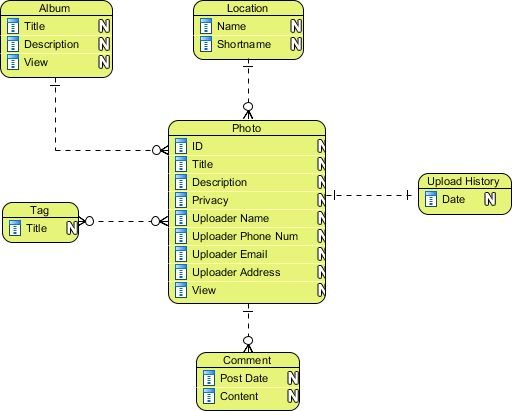Data modeling is virtually designing a data model built around a particular business problem. It centers on identifying the entities and relationships that make up a particular problem and concluding how they would be represented in a database. A model is capable of describing any data, ranging from financial information to the contents of a book.
What is Data Modeling in Business?
Many ask the question – Is data modeling the process of designing a data model for a business entity? The answer is a data model is created to represent the data in an enterprise, which usually comprises tables and columns that describe the various data types being stored. Data modeling can be beneficial for businesses by allowing them to:
- Be more efficient.
- Gain a clear picture of their information.
- Make more educated decisions.
Entity Relationship Diagram (ERD)
An entity relationship model, also termed entity-relationship (ER) diagram or print ERD, is mainly a representation of entities (which will become your tables) in graphical form, and their relationships to each other.
Database modeling involves designing and creating a data model.
Entity
A basic rectangular block used for representing a table.
Relationship
Through sketching by using the diamond shape. You can do the sketching to describe the type of the relationship, such as one-to-many using “1-M”, or many-to-many using “M-N”, or one-to-one using “1–1”. The lines that join an entity with a relationship no matter it is single or double line stands for another constraint called “Existence Dependency Constraint” (also termed “Participation Constraint”).
Thus, for example, if a worker should work for a department, this is sketched through double lines, and named “total or mandatory participation”. And if a worker may or may not manage a department, this is sketched through a single line and named “partial or optional participation”.
Recursive Relationship
When the relationship is with the same entity it creates a recursive relationship. For instance, a worker may act as a supervisor for one or more workers, while a worker may be supervised by a worker – it’s a one-to-many relationship.
Weak Entity
A weak entity is basically any entity whose existence depends on another entity. It’s impossible to logically have dependent (son, daughter, etc.), with the absence of the employee table. It’s sketched exactly like a normal entity but with double lines.
Partial Key
A weak entity typically comprises of a “partial key”. It’s a group of attributes that uniquely represent a weak entity for a given owner entity. For instance, the dependent name is unique for every worker. It is sketched exactly like a normal attribute, but, with a dashed underline. It is named as partial since it can’t be a primary key by itself, it requires a separate column, which becomes the foreign key of the owner entity.
The Wrap Up
To say concisely using an entity relationship diagram or print ERD for sketching your database is a common practice used to visualize your tables, columns, and their relationship. That is what Entity Relationship Diagram is in context of Database Modeling.

